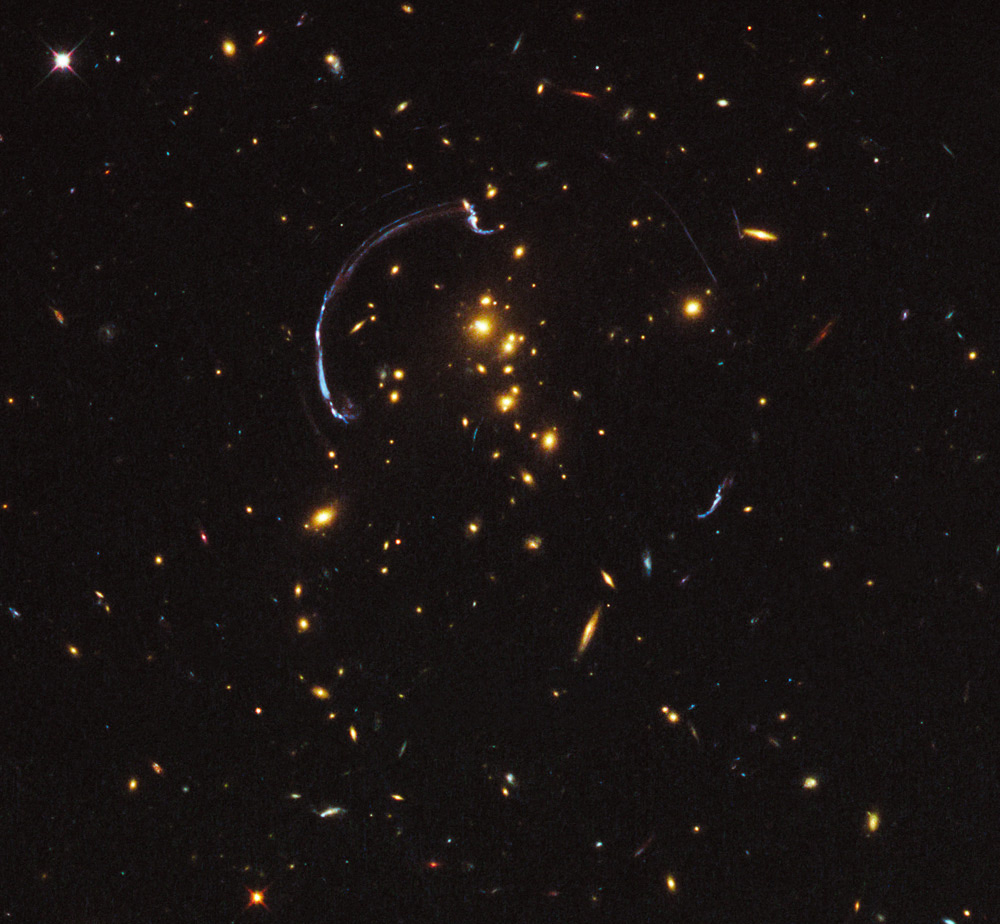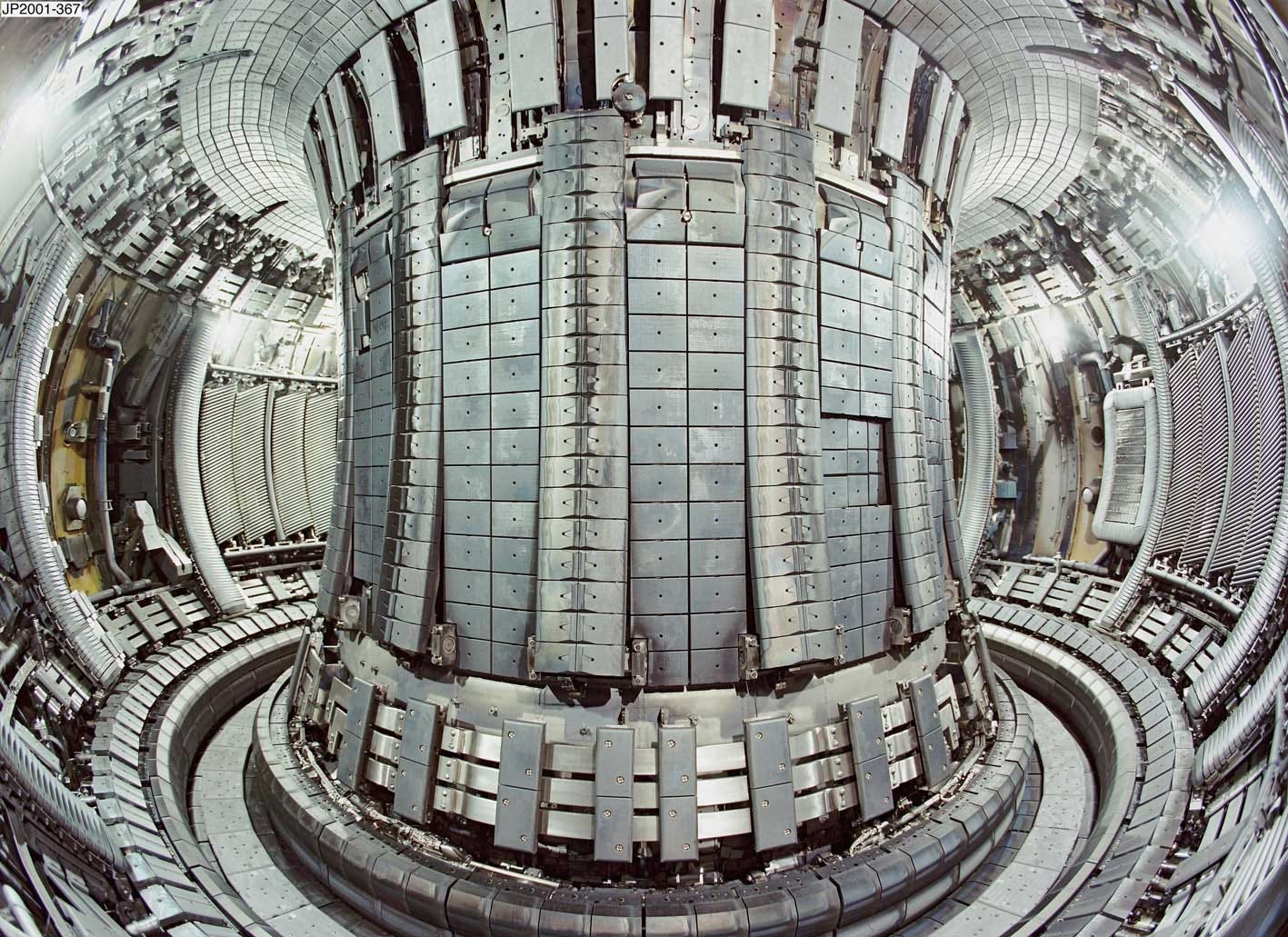Hydrogen, Hydrino, and Dr. Randell Mills
A repost from by WordPress site from a few years ago: a look at a controversial theory from a brilliant man named Dr. Randell Mills. It may revolutionize our understanding of physics and energy.
Hydrogen. It is the most abundant form of atomic matter in the visible Universe, and it is the primary reason that we derive so much of our energy from fossil fuels today.
Curiously, hydrogen may also turn out to be the substance that gets us away from the use of fossil fuels forever, but in a surprising way that most people are currently unaware of. This new technique does not involve either combustion or nuclear fusion.
Let’s cover what we know about hydrogen first, and then explain the rest.
Although hydrogen is abundant, it is a curious fact that 96% of the mass of the Universe is theorized to consist of an unknown, invisible substance—so called dark matter, and dark energy.
We can’t see it, but we can infer from its gravitational effects in the Universe at large that it must be present (including, in recent years, gravitational lensing effects captured by the Hubble Deep Field imagery.)
Only 4% of the Universe’s matter is actually visible: either because it glows or reflects light, or because it absorbs light from light-emitting sources behind it (such as gas and dust.)
Of this visible matter in space, hydrogen and helium make up the vast majority: 98% of all visible matter is one of these two simple atomic substances (hydrogen has exactly one proton in its nucleus, and helium has two.) All of the other atomic elements make up only 2% of the already tiny 4% sliver that is visible matter.
So what’s special about hydrogen? The reason that we use fossil fuels today is their energy density, which refers to the amount of energy that we can extract from them per unit of volume; that energy is stored primarily in the hydrogen bonds of the fuel, which is released when these bonds are broken.
When we combust hydrogen-bearing fuels—meaning burning them in the presence of oxygen—we break these hydrogen bonds, and heat and light energy are produced, sometimes explosively. Only nuclear fission produces energy at higher energy densities, but at the cost of dangerous radiation and neutron flux.
The problem with combustion of hydrogen-containing fuels, however, is that their reaction byproducts include not only H2O (water) but also CO2, CO, SO2, and other gases. This is because the hydrogen bearing fuels—coal, oil, gasoline, kerosene, natural gas—include carbon, oxygen, nitrogen, sulfur, and other substances as part of their organic chemical composition; as these substances burn, the unwanted carbon and sulfur bearing gases are released.
It is possible, however, to combust pure hydrogen in pure oxygen, which creates only H2O as a product. This is essentially what happens in modern liquid-fueled rockets.
Heat is produced from this combustion, which is then converted to mechanical power; and then, if desired, further converted into electrical power by various means using motors and generators.
The problem of using pure hydrogen, however, is that extracting, purifying and compressing hydrogen into liquid fuel form takes a great deal of energy up front; even though the combustion byproduct is clean, the “energy invested” in first extracting and storing the hydrogen gas for use in this way is too high, relative to other energy sources.
That is, the “energy cost per kilogram” of using hydrogen in this way exceeds the extraction and refinement cost of liquefied fuels such as gasoline or diesel used in internal combustion.
Hydrogen in this state is also in a much more explosive form, which means that fuel systems relying on compressed hydrogen must be much more carefully designed to prevent explosion.
In recent decades, as a result of the space program, fuel cells have been created. These cells can extract hydrogen from natural gas, for example; rather than combusting the hydrogen, they create electricity directly from so-called proton exchange membranes (PEM).
This is more energy efficient than using internal combustion engines to first convert chemical energy to mechanical power, and then to drive generators to convert again to electrical power, because the electric current in a PEM can be produced in one step directly from the hydrogen atoms.
The byproduct, again, is water: the protons isolated from the hydrogen gas are later re-combined with oxygen, and this creates water in the fuel cell, along with electrons. However, the cells require expensive catalysts, like platinum, in order to work; and one still has to store hydrogen or a hydrogen containing fuel to use these cells.
Newer techniques may be able to efficiently extract hydrogen from water using electrolysis (using electricity to break apart hydrogen and oxygen from water.) There is interesting ongoing research involving low voltage, inexpensive catalysts to try to achieve this.
In theory, one could extract hydrogen from water directly at the point of use in a fuel cell, thereby skipping the separation, compression and storage steps. In this way, the system would be potentially lighter and safer since there is no stored compressed hydrogen, only a water tank.
Lastly, there are projects underway to try to extract energy from hydrogen in the way that the sun produces it: through a process called fusion. By using enormous reaction-starting energies, complex magnetic confinement systems, and powerful lasers, we can try to force two hydrogen atoms so close together that they “fuse” into a helium atom, and in the process release an enormous amount of energy.
The current problem, however, is the enormous amount of energy and complexity required to make a hydrogen fusion system work. The best estimate is that nuclear fusion systems are always “20 years away”, but that has been said for the last 60 or so years.
The world has spent many tens of billions of dollars trying to create hot fusion reactors that produce more power out than they require to start up the fusion reaction.
While all of this is encouraging, there may also be a way to extract energy from hydrogen in a much simpler and more efficient way–far more efficient in energy terms than either combustion, using PEM fuel cells, or complex fusion reactors. To understand how this might be possible, we have to take a detour to understand the work of Dr. Randell Mills.
In the mid 1980’s, during his studies at Harvard and MIT, Dr. Randell Mills worked with a research team on the “star wars” missile defense system created during the Reagan Presidency. His work involved the study of free electron lasers, which form “beams” of electrons in free space. These can then be aimed at an enemy target, such as an incoming missile. If you’d like to learn more about Mills, here is a biography of sorts written by a man, Brett Holverstott, who was once one of his interns.
Electrons, one of the fundamental particles that make up all matter in the Universe, exist in three different states, Mills realized.
They can exist individually, in free space, as part of an electron beam, for instance. They can alternatively exist in orbital positions or shells around atomic nuclei or molecules. Lastly, electrons can exist on the surfaces of conductors, such as metallic wires or substrates. It turns out the physical properties and behaviors of electrons are different in these three scenarios; Mills worked out a new mathematical framework to better represent their behavior.
As Dr. Mills began to look more deeply at the known physics of electrons to understand how free electron lasers might work, he realized that our understanding of the physical nature of electrons, and even the simplest atomic substance, hydrogen, which contains one positively charged proton and one electron surrounding it…was woefully incomplete. There were surprising gaps, and the mathematical “tricks” required to renormalize related Quantum Mechanics formulae (to remove pesky “infinities” from the equations) were troubling.
As he set about studying the known math and physics, which includes conservation of energy, momentum, and angular momentum, Newton’s laws, Maxwell’s equation, Einstein’s relativity, the Heisenberg uncertainty principle, the study of Quantum Mechanics (QM) and subsequent extensions such as Quantum Electrodynamics (QED), Mills realized that there is a better, simpler method for describing the quantized physics of electrons and photons, and by extension, their behavior in atoms like hydrogen.
This led him to devise a new physics, called “GUT-CP”, or “Grand Unified Theory of Classical Physics”. His framework is captured in three breathtakingly detailed volumes, a masterwork, that he continuously updates and makes available for free to any interested parties to read.
With this new understanding of the “physicality” of the electron, Mills was able to derive a new approach to understanding atomic physics, including quantum behaviors, which had an interesting consequence: it de-emphasized the need to use the highly complex and counter-intuitive framework invented in the 1930’s known as “Quantum Mechanics”, which was based on the so-called Schrödinger Wave Equation.
It did away with some of the puzzling consequences of the mathematics of Schrödinger, Dirac and Feynman (see chapter 42 of Volume III), while preserving the physicality of quantum behavior and rooting it in a new foundation that explains physics from the quarks to the Cosmos in a unified manner.
The problem, however, is that in his early papers on this subject (including this one, in 2005), as well as in his volume I book, he boldly exposed what he saw as the flaws inherent in the current framework of Quantum Mechanics, which infuriated most of the current physics community, who have come to accept QM as the “gospel”.
Such is the history of science: quite often, the new guy with the theory that overturns the accepted view is marginalized, castigated, and ridiculed: until a day comes that his ideas can no longer be ignored. The fact that the modern physics community doesn’t accept his thesis doesn’t mean that Mills theory is wrong—it is simply highly unpopular within vast segments of the current physics community, because it threatens that part of their identity that is pinned to their belief (derived from their study and work over decades) in the current dogma of physics.
We must wait until the rest of the world catches up to the evidence Mills has been amassing through the decades, which conclusively prove his model is more likely correct than not. As 19th century German philosopher Arthur Schopenhauer once said, “All truth passes through three stages: First, it is ridiculed. Second, it is violently opposed. Third, it is accepted as self-evident.”
The short story is this: Mills new model for electron (and photon) behavior led him to realize that there should also exist a potentially new state of hydrogen, not yet discovered by modern chemistry and physics (although tantalizing and otherwise inexplicable clues exist in both chemistry and physics, which Mills neatly resolves), in which molecular hydrogen (H2) may exist with its electrons more tightly bound to the nuclei that they surround than is predicted by conventional physics.

Mills predicted the existence of this state of hydrogen from first principles in GUT-CP; then spent the next decades finding ways of first creating it in the lab and finally proving its existence through a variety of methods. He also worked out methods, embodied in special software, for accurately predicting molecular shapes from the same underlying mathematics: bond angles, bond lengths, and energies. Volume II of his book is full of examples. Ultimately, he realized that it is possible to exploit this new form of hydrogen by creating usable clean energy from its formation.
In the process of converting H2 into this new form, one variant of which is dubbed H2 ¼, an enormous amount of heat and EUV (extreme ultra-violet light) energy is released, far greater than what can be achieved through ordinary combustion of hydrogen (not as much as through fusion; but the equipment needed is far simpler and less costly.)
It also sometimes forms a “cold plasma”, inexplicable under current chemistry and physics given the set of reactants, pressures, temperatures, and input energies.
The resulting product, H2 ¼ , which Mills nicknamed “hydrino”, is a small molecule having a diameter similar to molecular helium; its behavior in diffusion through the atmosphere is therefore similar (it escapes into space, as helium does.)
It is highly stable and non-reactive, neither accepting nor emitting photons while in this state; it can, in principle, be used in industrial applications in place of helium, which is relatively rare and becoming harder to extract.
Critics say “hydrino” doesn’t exist; Mills numerous lab results, using a whole spectrum of techniques, suggests otherwise. The problem in science is this: if you don’t accept the explanation given, but you are faced with clear data and inarguable physical phenomena, then it is up to you to produce an alternate explanation that fits the observations. No one is yet able to do so.
Mills went one step further, which gave more fuel to his critics. By carefully measuring the Extreme Ultra Violet (EUV) light produced during hydrino formation, matching this to otherwise unexplained observations made by astrophysicists, and reasoning about the non-reactiveness of H2 ¼, Mills realized that this state of hydrogen has all the fingerprints of so-called Dark Matter.
It is non-reactive, non light-emitting once in this state, and has a mass that fits with cosmological observations of Dark Matter’s gravitational effects. This is a startlingly elegant conclusion; rather than postulate some mysterious exotic particle like charginos, sleptons, or neutralinos (which the Standard Model of Quantum Mechanics has failed to do, and which no experiment to date has been able to find) Mills’ concluded that Dark Matter is simply hydrogen, albeit in this special state: not only is hydrogen therefore the most abundant substance in the visible, “lit” Universe, it is also the substance that makes up the majority of the matter in the “unlit”, or dark Universe.
Hydrogen, in the H2 ¼ or hydrino state (or one of its variants) … is Dark Matter.
What Dr. Mills has now shown is that it is indeed possible to create, and measure, this new state of hydrogen; and it is also possible, through a variety of methods, to capture the energy released during the formation of H2 ¼ and use it to generate power. Through the years, he has studied photovoltaics (using special solar panels that are tuned for EUV spectrum); magneto hydrodynamics; and also, conventional steam/turbine generation using the heat of the H2 ¼ reaction to vaporize water.
While this latter method is not the most efficient, it does produce steam very cheaply, and the technology to convert this into electricity is well understood and in use worldwide. There is no radiation, no hazardous waste, no greenhouse gases produced; and the system can rely, in principle, entirely on water as the source of hydrogen (just as in the case with electrolysis and PEM cells.)
Because Earth has abundant water, as do the other planets and comets, there is an almost limitless supply of “fuel”, which the hydrino reaction uses sparingly anyway. Of all the “fuels” we can think of, hydrogen is the most abundant.
According to Mills’ estimates, the economic benefits of a hydrino-powered power generation infrastructure are enormous. The estimated capital cost is a fraction of that required for modern conventional central power plant generation, on a per Megawatt basis; far less, too, than any solar or wind powered “renewable” energy system, which suffer from intermittency in power production. (Ironically, I just drove past the massive wind turbine farms that blight the landscape in Tehachapi California, fully half of which were stationary.)
Furthermore, the energy density of a system that generates electrical power from hydrino—and the fact that it can run continuously, unlike solar or wind generators—is such that a hydrino-based energy system can do away with the need for the “grid”: energy production can be moved to “the point of use”. Thus, there is no longer a need for central generation or massive distribution systems (which represent a risk of failure anyway, due to EMP attacks or Carrington-like coronal mass ejection events from the sun) and the only consumable necessary is a small supply of water from which the hydrogen is extracted.
Mills has been working hard for decades to reach a point of commercial production capability, and his latest work on steam production may finally be the correct point of initial market entry. Greater future efficiencies can eventually be realized from either photovoltaic conversion of EUV or from magneto hydrodynamics, when the necessary technology catches up, but there is a huge amount of existing knowledge and infrastructure for handling steam turbine applications; and there is also a massive worldwide market for heat generation, which can also be satisfied very quickly with a hydrino-based steam generation system.
As Mills presses forward, the world will eventually have to accept that however one chooses to explain it—using GUT-CP as the theoretical framework, or not—he has developed a method to generate copious amounts of power in the cleanest way possible, without dangerous emissions or waste products, using only hydrogen extracted from water as a consumable.
He is currently in the process of raising funding to emerge from decades of research and begin the process of commercialization, for which the timing cannot be more critical. Whatever you think of the current risk of increasing atmospheric levels of CO2, it is evident that the societal pressures—rational or not—to “do something about it” are cresting and will eventually cause civil unrest on way or another.
The time for the SunCell, and the hydrino economy, is now.









Finally a "green" energy that not only might work but would actually be green from birth to death unlike most of what is promoted as green.
Great article